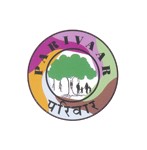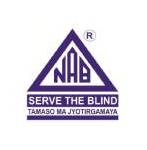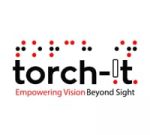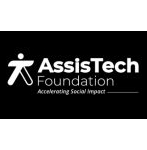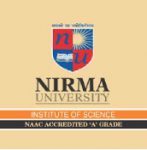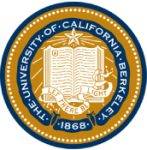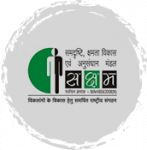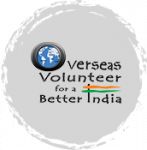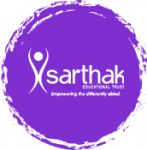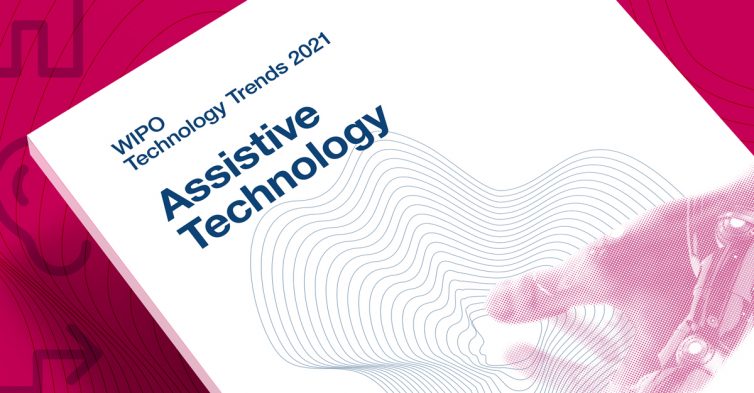
The World Intellectual Property Organization (WIPO) is a specialized agency of the United Nations, located in Geneva, Switzerland. WIPO’s mission is to lead the development of a balanced and effective international intellectual property (IP) system that enables innovation and creativity for the benefit of all.
In 2021, WIPO released WIPO Technology Trends reports that looks at patenting and technology trends in innovation in assistive technology. It identifies the prominent technologies, top players and markets for patent protection across seven domains – mobility, cognition, communication, hearing, the built environment, self-care and vision.
According to WHO, An estimated 1.3 billion people – or 16% of the global population – experience a significant disability today. And Only 1 out of 10 Persons with Disability has Assistive Device as of now.
The Assistive Technology Sector is a growing Market and it is crucial to understand the trends in the sector from time to time.
The WIPO Technology Trend Report is the first to systematically look into patenting and technology trends across assistive technology at scale, analyzing data on patent filings from 1998 to 2019.
Below are some key Findings of the Report:
- The Tech Trends report identified more than 130,000 patents related to conventional and emerging assistive technologies published between 1998 and mid 2020, with 15,592 filings on emerging assistive technologies alone in the period.
- Filings in emerging assistive technology – including assistive robots, smart home applications, wearables for visually impaired and smart glasses – have grown three times faster (17% average annual growth rate, or AAGR, during the period 2013-2017 for first filing, with the publication of patent applications occurring 18 or more months later) than in conventional assistive technology. Innovations in conventional technologies include improvements and accessories of well-established products like wheelchair seats or wheels adjusted for different terrains, environmental alarms and Braille-enabled devices.
- Two fast-growing areas in emerging assistive tech are environment (42% AAGR) and mobility (24% AAGR). Emerging environment technologies include navigation aids in public spaces and assistive robots. Emerging mobility tech includes applications like autonomous wheelchairs and advanced prosthetics.
- Corporate players are leading the development of assistive technology including specialized assistive tech companies such as WS Audiology, Cochlear, Sonova, Second Sight and Össur. Electronic consumer goods companies (like Panasonic, Samsung, IBM, Google and Hitachi) and car industry companies (Toyota and Honda) are also major players.
- MOBILITY has the highest amount , A total of 97,280 patent applications were filed across 56 different patent offices, making mobility the area with the widest breadth of patent protection among all assistive technology areas. China, the U.S., Japan, WIPO and EPO are the five leading patent offices.
Read the Full Report Below:
wipo_pub_1055_2021
Credits: https://www.wipo.int/portal/en/




